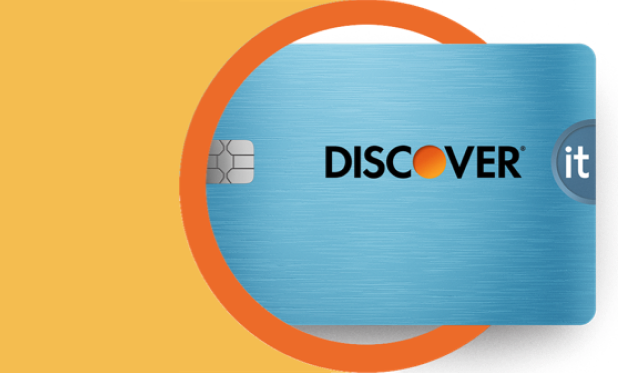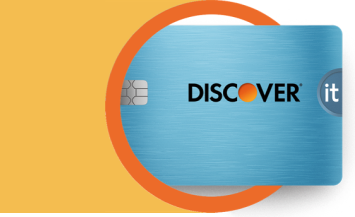Your credit utilization ratio (also known as a credit utilization rate) represents the percentage of your total available credit you’re using. Only revolving credit accounts, such as credit cards or personal lines of credit, apply to your utilization ratio.
You can manage your credit utilization by calculating your ratio and keeping it low. This could improve your credit score and open you to more credit opportunities.







